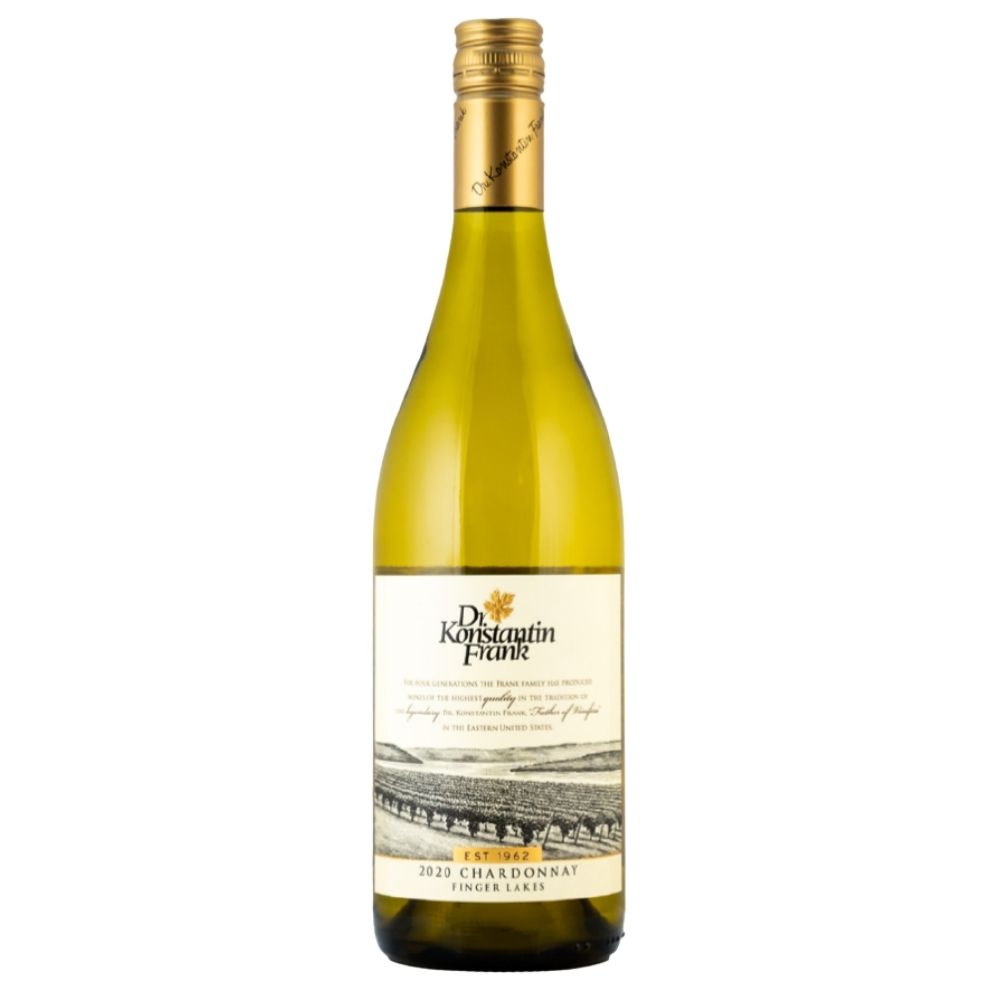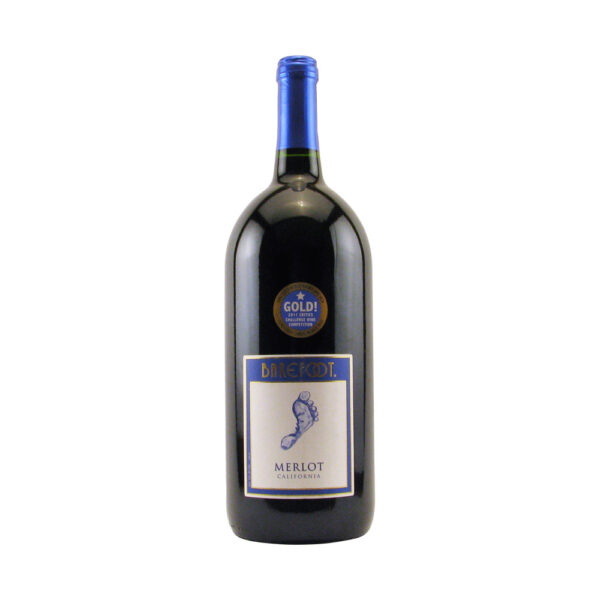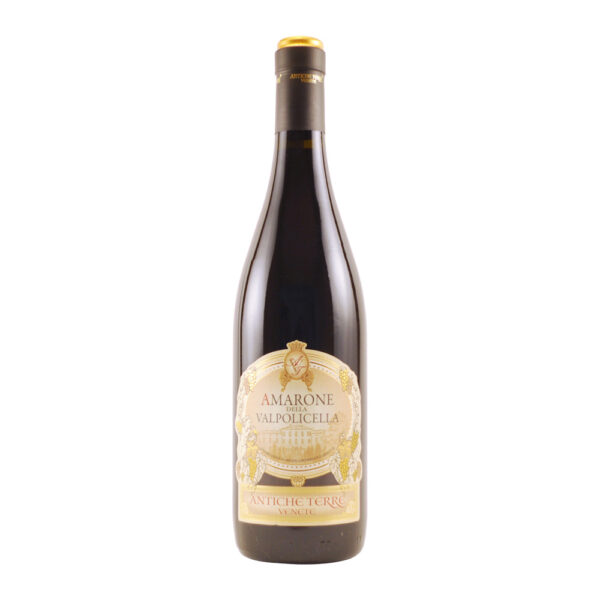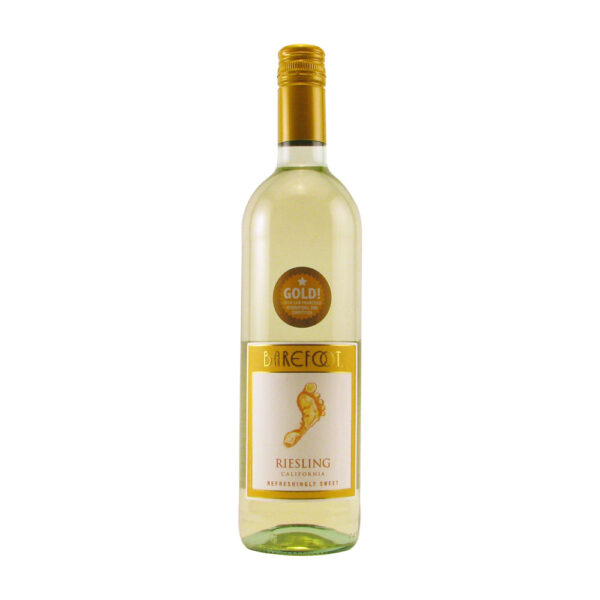Description
Dr Konstantin Frank Chardonnay
VINEYARD NOTES
Chardonnay on our Keuka vineyard was planted in 1962, 1968, 1974, and 2000 on various rootstocks (143A, 188-15, 3309). These are some of the oldest Chardonnay vines in the Finger Lakes originally planted by our founder. Vineyards on Keuka are shallow, shale-based soils which adds minerality, acidity, and elegance. 36% of the grapes come from Eric Volz Vineyard, just north across the road from Dr. Konstantin Frank’s plantings on Keuka Lake. The vineyard was planted in 1985 by Walter Volz, the winery’s first Vineyard Manager. This vineyard is managed by Eric Volz, current Vineyard Manager for the winery, who worked alongside his father Walter and grandfather, Dr. Konstantin Frank. Soils here are shallow with high natural acidity and high amounts of shale. The vines are planted on 3309 and 188-15 rootstocks.
WINEMAKER NOTES
Hot and dry. The trend of late bud break continues, beginning in mid-May. A month later in mid-June, most varieties began flowering and fruit set. Between bud break and fruit set, it was warm and dry with only considerable rainfall a handful of times. This allowed the bunches to fertilize properly. Throughout the growing season we were blessed with hot and dry conditions. This kept disease pressure very low. Luckily, our old vines are able to withstand drought conditions. The warm and dry weather continued into the fall allowing us to fully ripen grapes well into October. These weather conditions result in grapes with small berries and ripe flavors giving the wines a fruit-forward profound concentration.
TASTING NOTES
The 2020 Chardonnay spends 9 months aging in French oak barrels. The nose offers a sweet spiced apricot richness with an undertone of slate and tea. The palate showcases flavors of yellow apple, flower blossom, lemon curd, and ripe melons. The wine is firm with a long almond-filled finish.
Dr Konstantin Frank Chardonnay Notes To Your Senses:
- APPEARANCE: Golden yellow
- AROMA: sweet spiced apricot richness with an undertone of slate and tea
- TASTE: yellow apple, flower blossom, lemon curd, and ripe melons
- FINISH: Firm with lingering almond notes
- ABV: 13%
- PAIRING: Lobster, White Fish, Shrimp, Scallops, Veal (Grilled), Chicken (Fried, Grilled), Creamy Goat or Sheep Cheese, Fresh Fruits
White Wine:
White wine is made without the skin of the grape and produced through a method called alcohol fermentation. Also, the majority of white wines are lighter and have a crisper, more citrusy flavor compared to red.
It’s best to serve white wine in glasses with a larger bowl so that bold aromas and flavors emerge as they mingle with oxygen in the air. Many wine glass manufacturers have added a hint of green or blue feet to wine glasses as it flatters white wine and helps emphasize the separation between the glass and wine. Traditionally speaking, white wines are served before reds, while younger wines should be served before older vintages.
In addition, due to white wine’s aroma, acidity and ability to soften meat and deglaze cooking juices, white wines are often used in cooking. Sweet wine goes well with sweet and savory dishes to mitigate the heavy sugar and stimulate the fruitiness.
If you’re a sparkling wine lover at mealtime, you’re in luck, it can be taken any time during the meal because of its diversity. By choosing a sparkling wine, it allows the retention of the same wine from the beginning to the end of the meal.
Making it a must have in any household!
Master Sommelier Little Known, Big Facts:
- The color of wine depends on the fermentation extracts using skin, like Red wine as compared to white wine, leaving the skin behind
- The oldest bottle of wine dates back to A.D. 325; it was found in Germany inside two Roman sarcophaguses
- The worst place to store wine is usually in the kitchen because it’s typically too warm, in refrigerators, their warmest setting can be too cold
- Richer heavier foods usually pair well with richer, heavier wines; light wines pair with lighter foods
- Generally, a vintage wine is a product of a single year’s harvest, not when the wine is bottled
- A “dumb” wine refers to the lack of odor while a “numb” wine has no odor and no potential of developing a pleasing odor in the feature
- If a server or sommelier hands you a cork, don’t smell it, look for the date or other information ( mold, cracking, or breaks)
- Tannin is a substance that tingles the gums when you indulge your palate with a sip of wine, it’s an excellent antioxidant
- Smell is by far the most important sense when it comes to drinking wine
- Wine was first developed in Mesopotamia, not France
- French wines are labeled following the soil on which they are produced, not according to the grape used
- When chilling wine, adding salt to ice will cool it down faster
Warnings:
You must be 21 or over to purchase this product
Instructions:
Serve lightly chilled or at room temperature






Reviews
There are no reviews yet.